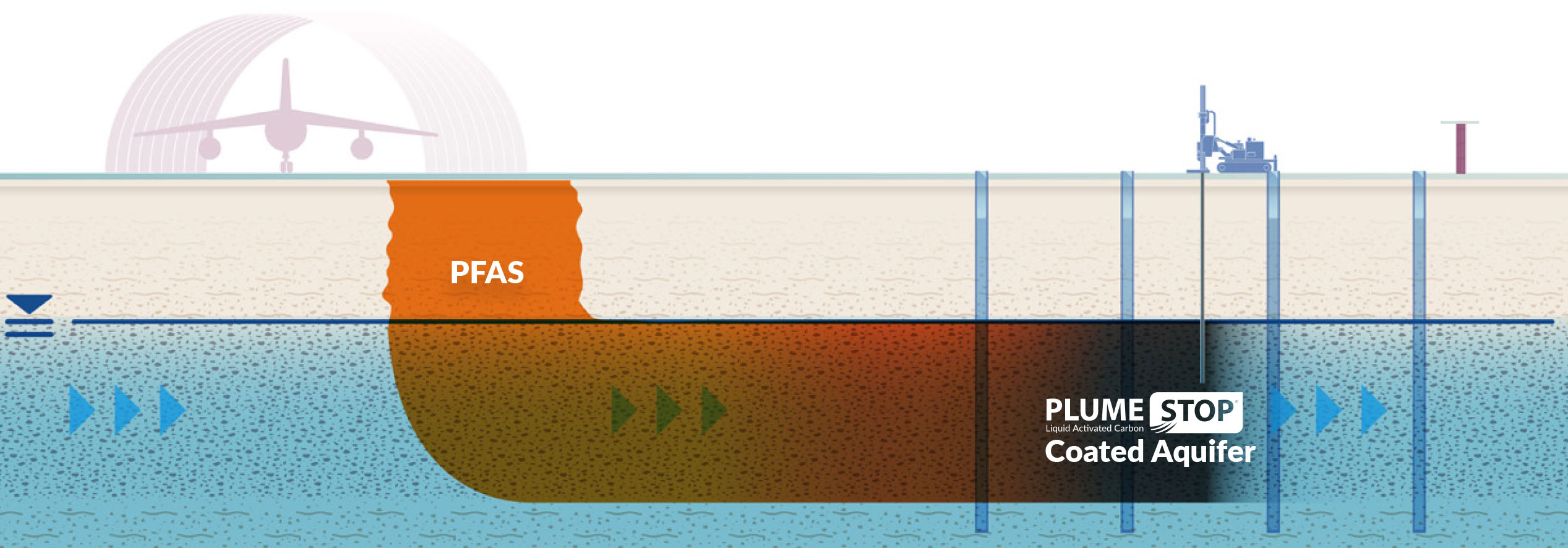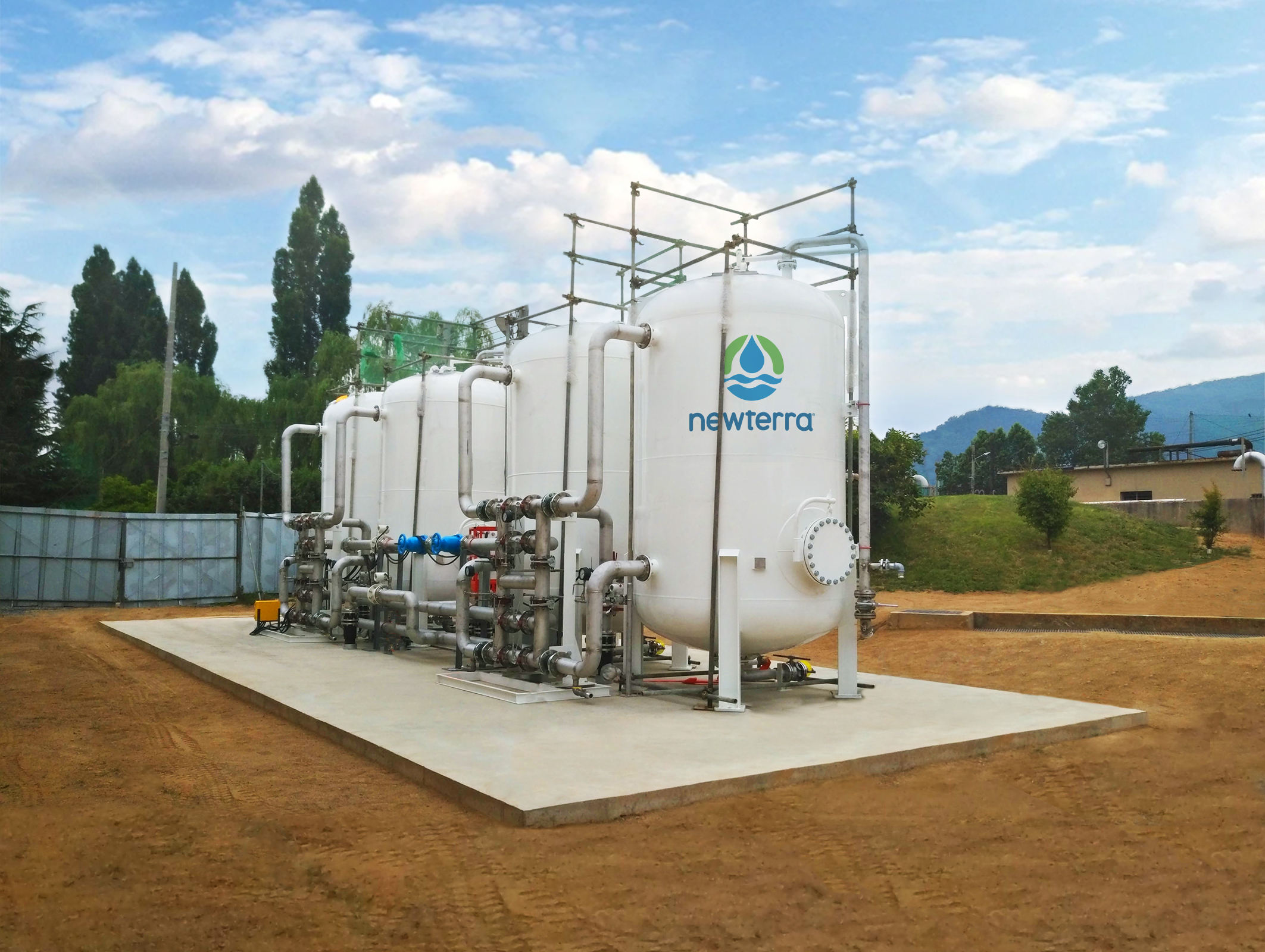How PFAS Treatment Reduces Environmental Impact and Improves Public Safety
Your Overview to PFAS Treatment Technologies and Advantages
The occurrence of PFAS contamination in water resources demands an extensive understanding of readily available therapy modern technologies. Different methods, such as triggered carbon filtration, ion exchange systems, and progressed oxidation processes, present distinctive advantages in resolving these consistent toxins. Each modern technology not only targets certain PFAS compounds yet likewise plays an important role in improving overall water top quality and securing ecological stability. As areas grapple with the effects of PFAS exposure, the option of a suitable treatment technique comes to be progressively vital, triggering a closer evaluation of these technologies and their particular advantages.
Recognizing PFAS Contamination
Recognizing PFAS contamination is essential for addressing its pervasive influence on ecological and human wellness (m270 pfas treatment). Per- and polyfluoroalkyl substances (PFAS) are a group of artificial chemicals widely utilized in numerous commercial and customer items as a result of their water- and grease-resistant buildings. Commonly discovered in firefighting foams, non-stick cooking equipment, and water-repellent textiles, PFAS have actually gotten in the setting via production procedures, wastewater discharges, and leaching from land fills
As soon as launched, these materials continue the setting, leading to widespread contamination of soil and water resources. Their one-of-a-kind chemical framework, identified by strong carbon-fluorine bonds, renders them resistant to destruction, causing a sensation referred to as "forever chemicals." Subsequently, PFAS can accumulate in the body and the food cycle, potentially causing adverse wellness impacts, including immune system disruption, developing problems, and a boosted risk of certain cancers cells.
Regulatory companies and wellness companies are significantly identifying the value of PFAS contamination, triggering efforts to monitor, evaluate, and reduce its effects. Comprehending the paths of PFAS contamination is necessary for notifying public law and establishing effective methods to protect both ecological and human health and wellness.
Summary of Treatment Technologies
Different therapy innovations have actually been developed to address the obstacles posed by PFAS contamination in water and soil. These modern technologies can be extensively identified into several classifications, each with its unique systems and performance in removing PFAS compounds.
One noticeable approach is ion exchange, which uses material products to capture and eliminate PFAS from infected water. This method is especially effective for short-chain PFAS and can accomplish substantial decreases in focus levels. One more technology, progressed oxidation processes (AOPs), employs solid oxidants and ultraviolet light to break down PFAS right into much less damaging compounds. AOPs appropriate for treating a wide variety of PFAS compounds however might need mindful optimization to optimize efficiency.

Turned On Carbon Purification
Turned on carbon purification is a widely utilized technique for the removal of PFAS from polluted water, understood for its capability to adsorb a wide variety of natural substances. This modern technology utilizes turned on carbon, an extremely permeable material with a considerable surface, which facilitates the binding of PFAS molecules through physical adsorption. The effectiveness of activated carbon in removing PFAS is affected by numerous aspects, including the sort of carbon made use of, the call time, and the focus of PFAS in the water.
One of the advantages of turned on carbon filtering is its adaptability; it can be carried out in different configurations, such as granular activated carbon (GAC) systems or powdered triggered carbon (SPECIAL-INTEREST GROUP) systems. GAC systems are commonly used in larger-scale applications, while political action committee can be used in smaller sized or short-lived configurations. Furthermore, the technology is fairly simple to operate and keep, making it easily accessible for numerous water therapy facilities.

Ion Exchange Solution
Ion exchange systems stand company website for another effective technique for the removal of PFAS from infected water, matching approaches like triggered this website carbon filtration. These systems operate the concept of exchanging ions in the water with ions held on a resin product. Ion exchange resins can be especially developed to target the adversely charged PFAS substances, properly capturing them and permitting cleaner water to go through.
Among the primary benefits of ion exchange systems is their capacity to eliminate a variety of PFAS, consisting of both long-chain and short-chain variations. This flexibility makes them ideal for various applications, ranging from municipal water treatment to industrial procedures. Furthermore, ion exchange systems can typically achieve reduced detection limitations for PFAS compared to a few other treatment methods, therefore enhancing water high quality.
However, it is vital to check and take care of the regeneration of ion exchange media, as the performance can decline over time as a result of saturation. Proper upkeep and substitute of the material are vital for sustaining the system's performance. Overall, ion exchange systems provide a trusted and efficient service for PFAS elimination, adding substantially to secure alcohol consumption water criteria and ecological defense.
Advanced Oxidation Processes
Advanced Oxidation Processes (AOPs) use powerful oxidants to effectively weaken PFAS compounds in infected water. These innovative treatment approaches produce highly responsive varieties, such as hydroxyl radicals, that can damage down complex PFAS molecules right into less dangerous results. m270 pfas treatment. AOPs commonly utilize combinations of ultraviolet (UV) light, ozone, hydrogen peroxide, or Fenton's reagent, boosting the oxidation possibility and improving destruction efficiency
The key advantage of AOPs depends on their ability to target a broad array of PFAS compounds, including both long-chain and short-chain versions. This adaptability is important, as PFAS contamination often entails mixes of various substances with varying chemical structures. AOPs can be integrated right into existing water therapy systems, making them a functional option for many districts and sectors.
Nevertheless, the application of see post AOPs can be resource-intensive, needing cautious factor to consider of functional prices and power usage. Additionally, while AOPs work in damaging down PFAS, they might not totally get rid of all byproducts, requiring more therapy actions - m270 pfas treatment. In general, AOPs represent a promising method for attending to PFAS contamination, adding to cleaner water resources and boosted public wellness defense

Verdict
Finally, addressing PFAS contamination calls for an extensive understanding of readily available treatment technologies. Turned on carbon filtration, ion exchange systems, and advanced oxidation processes each existing special benefits for properly eliminating these harmful substances from water sources. By choosing the ideal modern technology, communities can boost water high quality, protect public health and wellness, and minimize the environmental risks connected with PFAS exposure. Proceeded study and application of these techniques are vital for efficient administration of PFAS contamination in impacted areas.